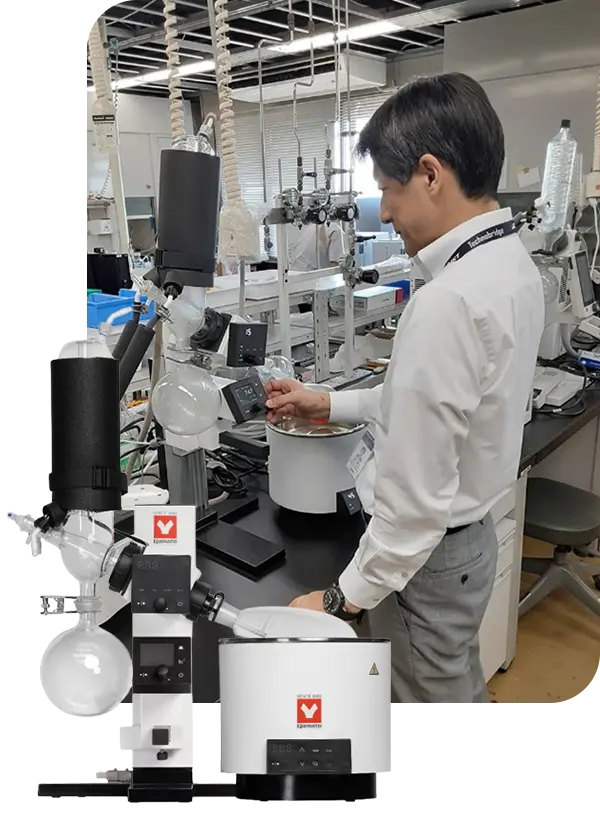How Can Rotary Evaporation Transform Hop Resins Into Precision-Dosed Granules for Craft Brewing R&D?
The best way to develop new brews with expensive specialty hops or to make your specialty brew unique to your brand, that perfectly scales from pilot to production.
Sure, hops add bitterness in craft brewing. But maybe more importantly, they're the signature aroma and flavor note that defines a brew. For experimental batches, brewers need hop resins in a form that's easy to measure, store, and dose, without losing the volatile oils that make each hop variety unique.
The challenge? Traditional drying or pelletizing can strip away delicate aromas or alter resin chemistry, leading to muted or unbalanced beer profiles. When you're working with expensive specialty hops or developing a signature brew, every lost terpene matters. That's where rotary evaporation enters the picture, offering a controlled path to creating small-batch, resin-rich hop granules that preserve complex aromatics while enabling precise dosing in R&D brewing.
If you don’t want to learn about this, and you just want the rotary evaporator we built for this application, you can customize your rotary evaporator for craft beer science package in less than 20 seconds.
Why Produce Hop Resins as Granules Instead of Whole Hops or Liquid Extracts?
The form factor of your hop product directly impacts your brewing precision and consistency. Granules offer distinct advantages over traditional alternatives:

Dosing precision becomes straightforward when every pellet contains a known concentration of alpha acids and essential oils. Unlike whole cone hops, which vary in resin content even within the same bale, granules deliver uniform potency. This matters when you're trying to replicate that perfect test batch or scale up from pilot to production.
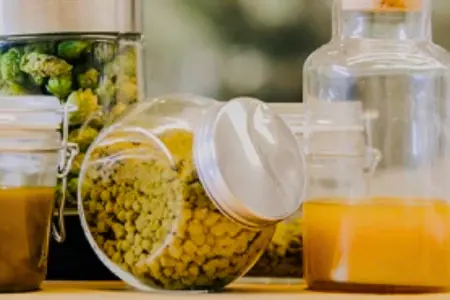
Storage stability improves dramatically with the reduced surface area of granulated resins. While liquid extracts require refrigeration and can separate over time, properly dried granules maintain their profile for months at room temperature. The compact form also protects volatile compounds from oxidation - a critical factor when preserving delicate aromatics like linalool and geraniol.
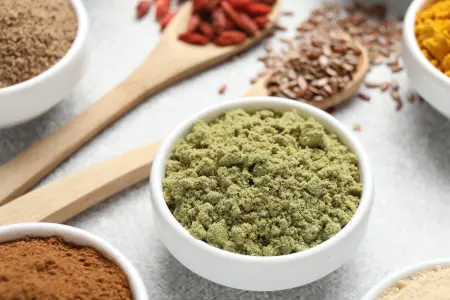
Blending potential opens new doors for flavor innovation. Want to create a custom hop profile combining Citra's tropical notes with Simcoe's pine character? Granulation allows you to blend extracts from multiple varieties into a single, homogeneous product. Try achieving that consistency with whole cones.
What Aromatic Compounds Are at Risk During Processing?
Understanding which compounds make your hops special - and how easily they degrade - drives every processing decision. The primary culprits for flavor loss include:
Precise dosing control
This monoterpene provides fresh, herbaceous notes but evaporates readily above 35°C
Humulene
Delivers woody, earthy character but oxidizes rapidly when exposed to air
Linalool
Adds rose-like aromatics; converts to less desirable compounds under heat stress
Geraniol
Contributes floral, citrus notes; highly susceptible to thermal degradation
Traditional pelletizing generates friction heat that can spike temperatures above 50°C, driving off these volatile compounds. Mechanical compression also ruptures lupulin glands, accelerating oxidation. The result? Pellets that smell great coming off the line but lose their punch within weeks.
How Does Rotary Evaporation Enhance Flavor Retention?
Rotary evaporation fundamentally changes the drying equation by operating under vacuum. When you reduce atmospheric pressure, solvents evaporate at much lower temperatures - often 20-30°C below their normal boiling points. This gentle approach preserves heat-sensitive terpenes that would otherwise volatilize or degrade.
The continuous rotation serves multiple purposes beyond just preventing bumping. As your hop extract spreads in a thin film across the flask interior, you maximize surface area for evaporation while minimizing residence time at any given temperature. This uniform exposure prevents hot spots that could locally degrade sensitive compounds.
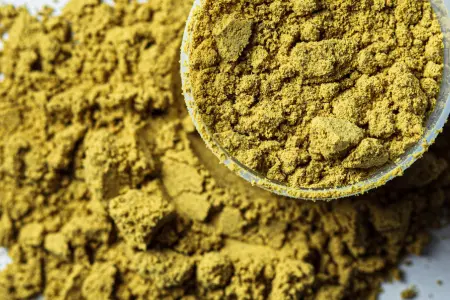
Vacuum conditions also minimize oxygen exposure during the entire drying process. Without oxygen present, those susceptible compounds like humulene can't oxidize into less desirable derivatives. The closed system even allows you to recover evaporated aromatics in the condenser - potentially creating a concentrated "hop essence" for later addition.
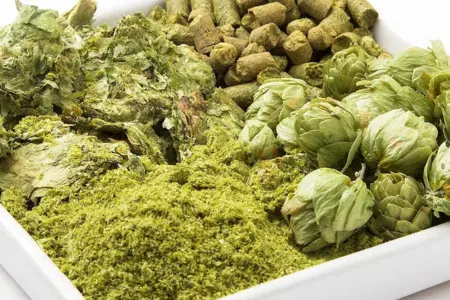
Can Different Hop Varieties Be Blended Into One Granule?
Absolutely - and this is where rotary evaporation really shines for R&D applications. The rotating flask naturally homogenizes your extract mixture, ensuring each granule contains the same ratio of different hop varieties.
Start with individual hop extracts at known concentrations. Blend them in your target ratio while still in solution, then use the rotovap to remove solvent while maintaining that precise blend. The constant mixing during evaporation prevents separation or stratification that could lead to inconsistent granules.
This approach lets you prototype complex hop profiles without committing to large-scale pellet production. Testing a new IPA recipe that needs 40% Mosaic, 35% Galaxy, and 25% Sabro? Create a small batch of custom granules and dial in your formula before scaling up.
What Carriers or Binders Work Best for Hop Granules?
Pure hop resin can be sticky and difficult to handle. Adding the right carrier improves granule structure, flow properties, and dissolution characteristics:
Maltodextrin
Provides structure without flavor impact; readily dissolves in wort
Spray-dried malt extract
Adds fermentable sugars while binding resins
Dextrins
Improve mouthfeel while acting as carriers
Rice hulls (powdered)
Create porosity for faster dissolution
The key is maintaining gentle conditions during carrier incorporation. Your Yamato rotovap's precise temperature control ensures carriers don't caramelize or alter chemically during processing. The programmable vacuum stages let you remove solvent gradually, preventing case-hardening that could trap aromatics inside impermeable granules.
How Do You Control Granule Dissolution in Brewing?
Dissolution rate directly impacts when and how your hop character expresses in the brew. Fast-dissolving granules work well for whirlpool additions where you want immediate aroma release. Slower-dissolving versions suit dry-hopping applications where extended contact time allows for gentler extraction.
Three factors control dissolution:
Granule hardness
Higher rotation speeds and longer drying times create denser pellets
Binder ratio
More carrier material slows dissolution but improves handling
Porosity
Controlled by vacuum ramp rate and final moisture content
Your Yamato system's programmable SOPs let you document and replicate exact conditions for each dissolution profile. Found the perfect 3-minute dissolution time for your whirlpool addition? Save those parameters and reproduce them batch after batch.
What Residual Moisture Level Is Ideal for Stability?
Target 6-8% residual moisture for optimal stability without brittleness. Too dry, and granules crumble during handling. Too moist, and you risk clumping or microbial growth during storage.
The precision here matters more than you might think. Even a 2% variance can dramatically affect shelf life. Your Yamato's endpoint control maintains moisture within ±0.5%, ensuring consistent storage behavior across batches. This repeatability becomes critical when you're creating reference standards or sending samples to contract brewers.
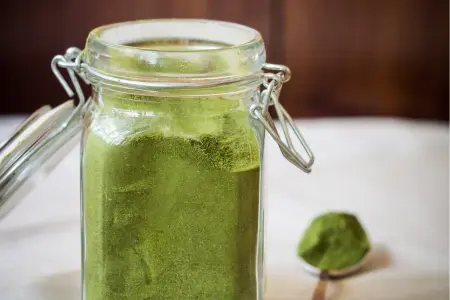
How Does This Compare to Mechanical Pelletizing or Spray Drying?
Mechanical pelletizing
Mechanical pelletizing remains the industry standard for large-scale hop processing, but it comes with tradeoffs. The hammer mills and pellet dies generate significant friction heat - often spiking temperatures above 50°C even with cooling systems. This heat drives off volatile aromatics and can isomerize alpha acids prematurely. Mechanical systems also require minimum batch sizes of several kilograms, making them impractical for experimental varieties or custom blends.
Spray drying
Spray drying offers better temperature control than mechanical methods but presents its own challenges. Inlet temperatures typically range from 150-180°C, even though outlet temperatures stay lower. This thermal shock can alter the resin profile, particularly for heat-sensitive compounds. The rapid drying also tends to encapsulate aromatics rather than preserve them in their native state.
Rotary evaporation
Rotary evaporation excels for experimental-scale, flavor-sensitive processing. While it can't match the throughput of industrial pelletizers, it provides unmatched control over drying conditions. The ability to process 50-500g batches makes it perfect for prototype development, variety screening, or creating custom blends for pilot brews.
What Brewing Stages Benefit Most from Resin Granules?
Different addition points leverage different advantages of granulated resins:
Late boil additions (5-10 minutes): Granules dissolve completely, ensuring full utilization of alpha acids while preserving some aromatic character. The consistent dissolution means predictable IBU contributions.
Whirlpool/hopstand: This is where granules really shine. The 70-80°C temperature range preserves aromatics while allowing controlled extraction. Fast-dissolving granules maximize oil transfer during the typical 20-30 minute stand.
Dry hopping: Slow-release granules can extend contact time without introducing grassy or vegetal notes common with whole hop overdosing. The reduced volume versus whole cones also means less beer loss to absorption.
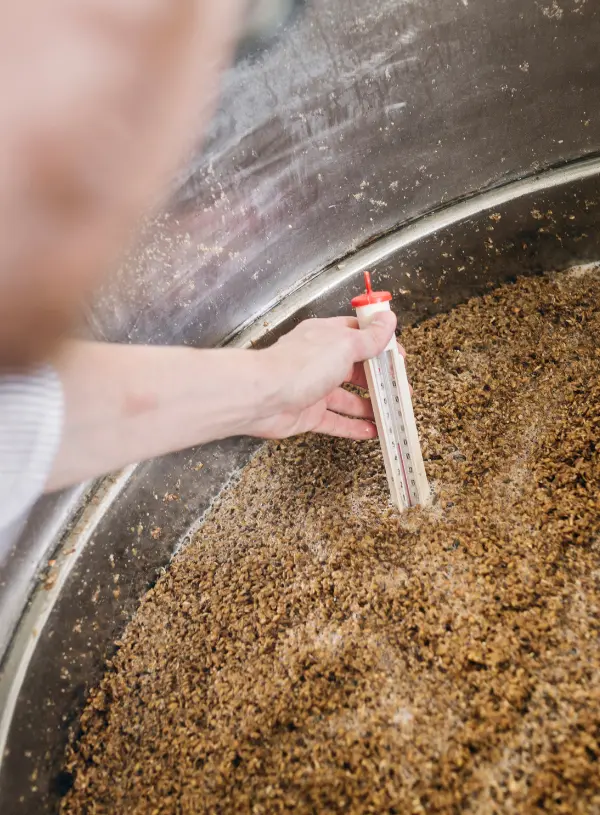
How Can You Verify Flavor and Aroma Retention Post-Processing?

Quality control goes beyond just measuring alpha acid percentages. Consider these analytical approaches:
GC-MS analysis provides quantitative data on individual terpene and oil concentrations. Run samples before and after processing to calculate retention percentages. Your Yamato's reproducible runs make these comparisons statistically valid.
Sensory panels offer the ultimate test - does the beer taste right? Triangle tests comparing beers made with processed granules versus standard pellets reveal whether your processing preserves the intended character.
Accelerated aging studies predict long-term stability. Store samples at elevated temperatures and track degradation rates. Granules processed under optimal vacuum conditions typically show 40-60% better stability than mechanically pelletized controls.
What Does a Practical SOP Look Like for Hop Resin Granule Production?
Extract preparation
Dissolve hop extract in minimal ethanol (just enough for flowability)
Carrier incorporation
Add maltodextrin at 15-20% by weight of dry resin
Initial evaporation
Bath temperature 35-40°C, rotation at 60 rpm
Vacuum ramp
Gradual reduction from 400 to 100 mbar over 20 minutes
Final drying
Hold at 100 mbar until reaching target moisture (6-8%)
Granule sizing
Adjust rotation speed (40-80 rpm) for desired particle size
Document everything - temperatures, pressures, rotation speeds, and batch-specific observations. These records become invaluable when scaling up or troubleshooting batch variations.
What Are Common Troubleshooting Scenarios?
Problem
Granules too soft or sticky
Increase drying time or reduce final moisture target. Check that bath temperature isn't too low, preventing complete solvent removal.
Problem
Loss of aroma during processing
Reduce bath temperature by 5°C and extend processing time. Verify vacuum seal - even small leaks introduce oxygen that degrades aromatics.
Problem
Inconsistent granule size
Maintain steady rotation speed throughout drying. Variations cause uneven distribution and particle formation.
Problem
Poor dissolution in wort
Reduce binder ratio or increase porosity by faster initial vacuum ramp. Test dissolution at various temperatures to match your brewing process.
Key Takeaways for Craft Brewing Innovators
Specialty hop resin granules represent a powerful tool for brewers pushing flavor boundaries. The ability to create custom blends, preserve delicate aromatics, and achieve precise dosing opens new possibilities for recipe development and quality control.
Yamato's mini rotary evaporator provides the control, reproducibility, and small-batch flexibility essential for innovative brewing R&D. The system's precise temperature and vacuum control, combined with programmable multi-stage profiles, ensures you can develop processes that preserve what makes each hop variety special.
The real value comes from repeatability. When you find that perfect processing protocol for your signature hop blend, you can replicate it exactly - batch after batch, season after season. That consistency transforms experimental brewing from art to science, letting you focus on flavor innovation rather than process variables.
Ready to explore how rotary evaporation can enhance your hop processing? Connect with Yamato for brewing-specific SOP templates and pilot system demonstrations. Your next breakthrough brew might just start with better hop resin granulation.

